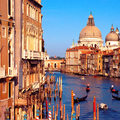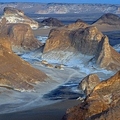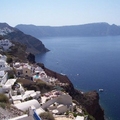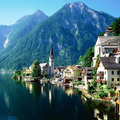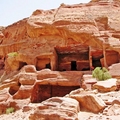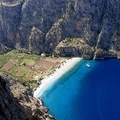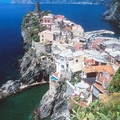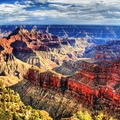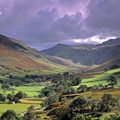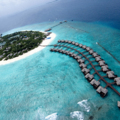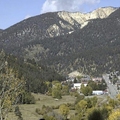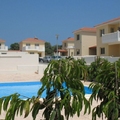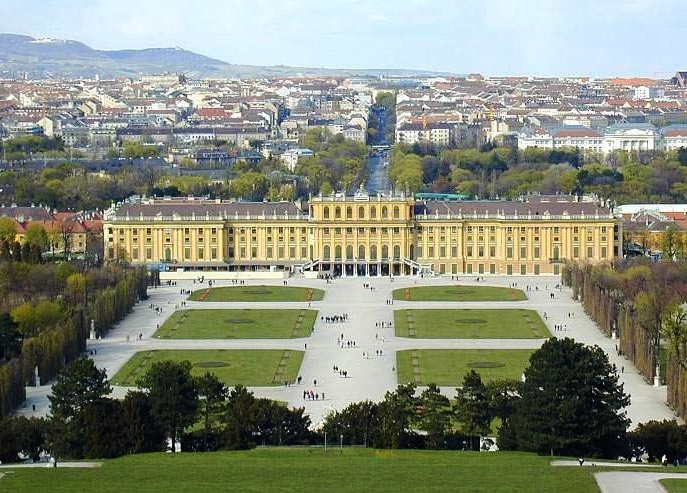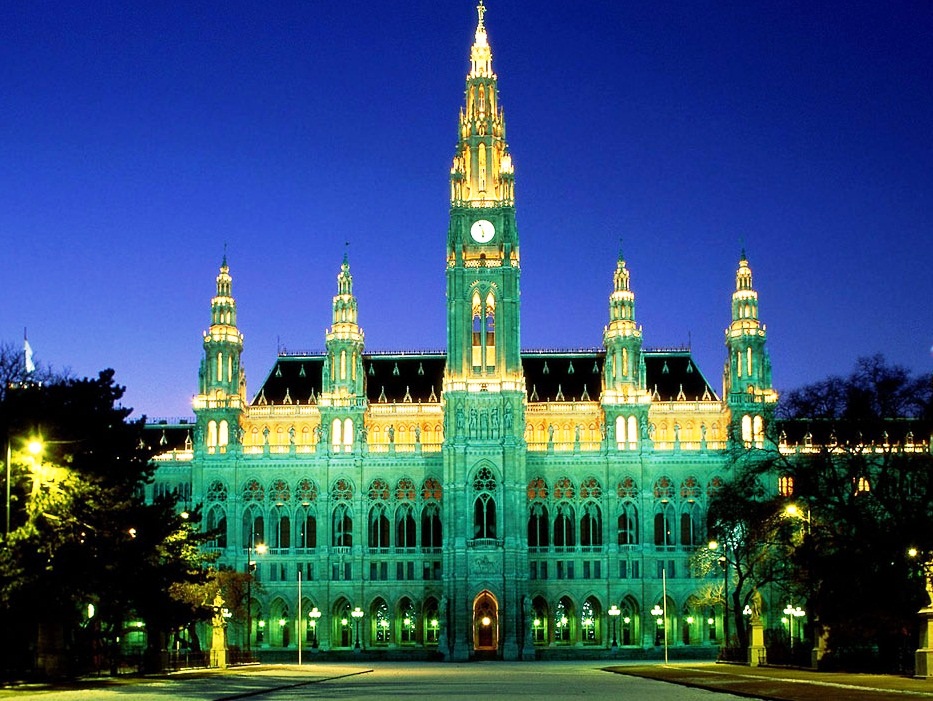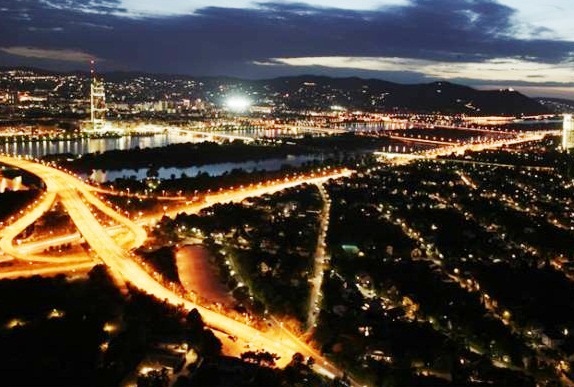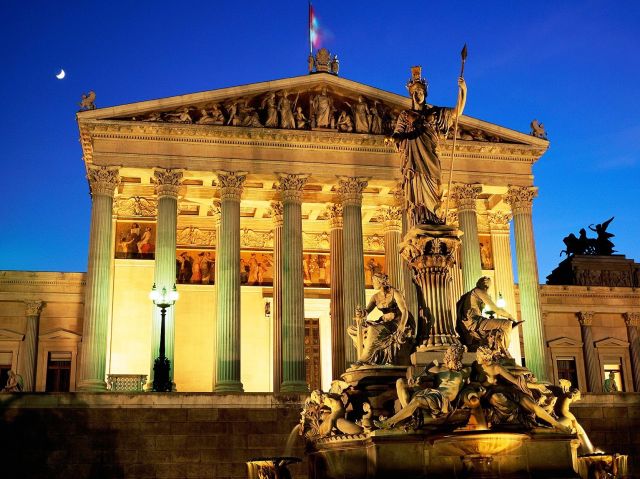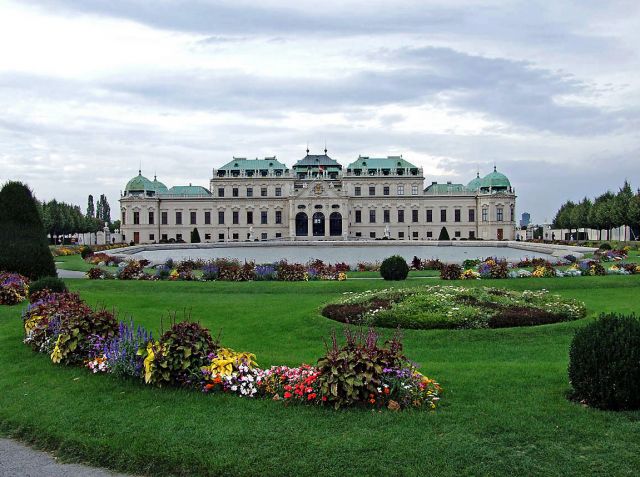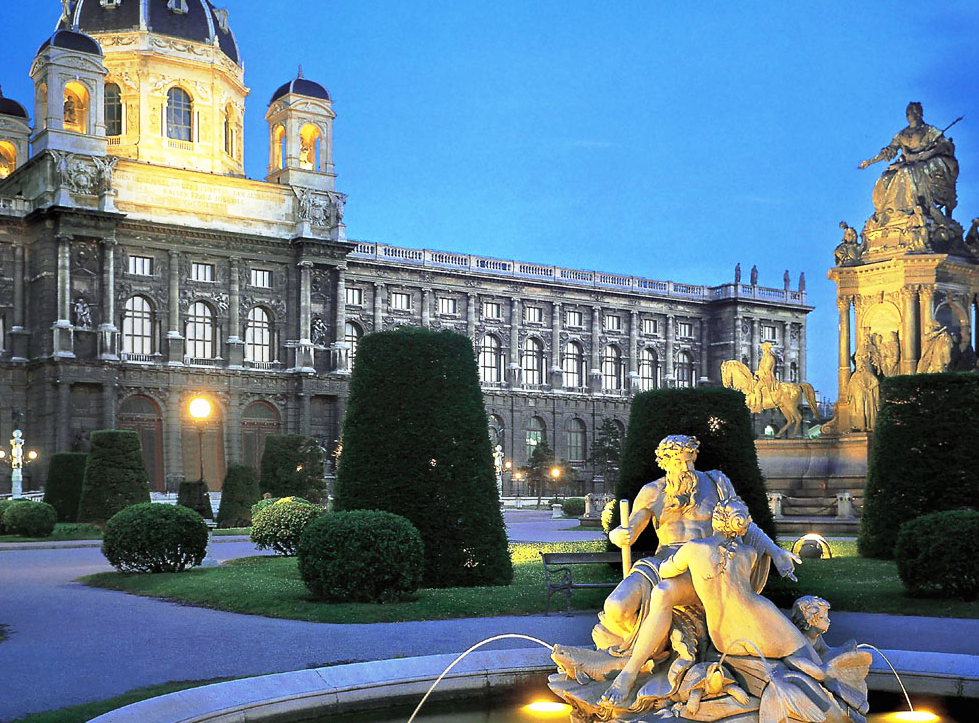Very lucky are those who have found their soul mates and have the possibility to spend their lives together. If you are in love enjoy every second and live better. The romantic holidays are just the perfect solution to keep the chemistry alive between you. There are many places on the earth for you to explore, where you can go with your partner and experience the most incredible vacation. Vienna is one of the most ideal places where you can enjoy lovely moments, surrounded by romantism and pleasure. The city is a perfect blend of culture, nature and history, modern and traditional at the same time. Beside its royal nostalgia that reminds the spell of the old times, we can see an amazing cultural life and an exciting nightlife here. Vienna is a name that comes with wonderful dreams, starting with its Baroque style, from the waltz to cafes, from balls to joviality. Vienna is the capital of music and the cultural center of the Central Europe, where the traditional is united with the everyday creativity. The capital of Austria boasts an impressive number of castles, monuments, and other beautiful landmarks, that’s due to its position for a long period as the heart of the Habsburg Empire. The majority of its attractions are located in the center of the city, or at the boulevard, surrounding the historical center, being very accessible for the tourists. Everyone will be pleased to visit the main attractions of the city, and will be truly fascinated by their beauty. Vienna is located on the banks of the Danube river, in the Northeastern part of Austria, surrounded by the natural beauty of Wachau regions and by the picturesque Vienna woods.
Major attractions in Vienna
Hofburg-the Imperial Palace
The imposing Hofburg complex was the bastion of the Habsburg monarchs, who at that time were ruling Austria, for more than six centuries. Nowadays the Hofburg is a magnet for tourists, who are gathering here to visit the royal apartments, chapels, churches, libraries and many museums. The Winterreitschule, houses a fantastic complex that includes 18 wings with more than 2000 rooms. The rooms are designed in a wide range of architectural styles, from Gothic to Baroque and Neoclassicist. The exterior is designed almost totally in a Baroque style, that is absolutely astonishing. It is impossible to visit all the attractions of the Hofburg in just one day, because it is very big. The most interesting attractions that highlight the beauty of the palace include the Kaiserappartements , the Schatzkammer, the Prunksaal in the National Library, the Albertina Museum and the Neue Burg Museums. The construction of the structure started with King Ottokar II of Bohemia, who was the Duke of Austria as well. The construction of the complex we see today started after 1533, when Ferdinand I decided to move his residence to Vienna, making it the capital of the Holy Roman Empire. The Alte Hofburg was completed in 1552, but the Schweizertor, which is the gate that leads to the Alte Hofburg, was founded a year later. The son of Ferdinand I added to the complex the Stallburg. Rudolf, the son of Maximilian realized that he wanted his own palace and he built the Amalienburg, separated from the existing palace. The Thirty Years’ War caused a pause in the construction of the structure. In 1660 the expansion of the Hofburg continued and there was founded the Leopoldinischertrackt, by Emperor Leopold I. The famous court architect Joseph Emanuel Fischer von Erlach designed the wonderful court library, the Winter Riding school, and the Reichkanzleitrakt. The architect also made the Michaelertrakt, a Baroque wing, completed some centuries later. Another building started to be built at the end of the 19th century, and other amazing wings were added to the complex, making it more and more attractive. The ideal way to enter to the complex is from Michaelerplatz. And ornate Baroque gateway makes the connection between the square and the large courtyard, the In Der Burg. The impressive gateway is decorated with exquisite statues of Hercules. Just entering the courtyard you can find the Alte Burg, the old part of the complex, situated on the left, and the Amalienburg, a Reinassance palace which includes a clock tower is situated on the right hand side. In the very heart of the courtyard-originally a parade ground, stays a immense monument dedicated to Emperor Francis I of Austria. The monument was created between 1824-1846, by the Italian sculptor Pompeo Marchesi. Most of the visitors spend the time visiting those 2000 rooms of the complex. A favorite tour is along the Kaiserappartments, which were the imperial apartments. But before you enter the apartments you have to take a look at the Silver Museum and the Sissi Museum, which feature an exhibition of the most popular empresses of Habsburg. A majestic collection of silverware and golden porcelain items are on display on the ground floor in the Silberkammer. The Sissi Museum features memorable dresses, portraits and other unique items that relate to Empress Elisabeth, who was known as Sissi.
Schönbrunn Palace
The palace is the summer residence of the Imperial Family. Ever since it was constructed in 1780 during the reign of Maria Theresia, the palace used to be the favorite residence of the Habsburg Monarchs. The gorgeous structure lies about 64 km from the capital’s center, but it is really accessible by the underground. The whole area with the exquisite garden covers about 176 hectares, and it will take more than half a day to visit the Schönbrunn Palace and its garden. After Emperor Maximilian II acquired the site of the present structure, in 1569 he transformed the existing castle into a hunting lodge. The legend says that his son, discovered a spring while hunting there and cried „so ein schӧner brunnen”, that means „what a beautiful spring”, which led to the name Schönbrunn. In 1695 after the Turkish destroyed the hunting lodge the Emperor Leopold I found another architecht to renovate the palace. The construction began in 1696 and it was partialy complete when the Emperor died in 1705. A main gateway flanked by two obelisks leads to the courtyard, that features two incredible fountains, one of them is decorated with allegorical figures, depicting the rivers Danube, Inn and Ems. The second fountain is decorated with sculptures that depict Transsylvania, Galicia and Lodomeria. The Schönbrunn Court Theatre is located to the right. It was erected in 1767 and it was designed in a Rococo style. Right ahead is the main palace building with the large garden behind it. The gates from the right and left open up towards the garden offering an excellent view over the whole complex. The Orangery, where the plants and the flowers are kept during the winter time stands to the right. On the left is the Wagenburg, or the Coach Room, which hold the imperial collection of coaches, sledges, and carriages. During the heyday of the palace there have lived over 1000 people in its 1441 rooms. The interior of the apartments of the palace are designed in a Rococo style, and more luxurious than the sober apartments of the Hofburg. Some remarkable rooms are the round Chinese Cabinet, a room decorated with porcelain. A much darker room is the Vieux –Lacque room, the room where Maria Theresia had spent much of her time after she became widow. The Rosa Room, dedicated to the artists who created the frescoes of landscapes on the walls is situated nearby. The immense park is located on a sloping site behind the palace, initially it was a hunting ground. The center of the park still includes formally aligned flowerbeds, beautified by unique statues. Formal gardens designed in a star shape, that surround two fountains, known as the Najadenbrunnen are round the flowerbeds. The Palmenhaus, an imposing steel construction, built in 1883 lies on the western side of the park. The construction houses exotic plants in different climate zones.
Belvedere
The Belvedere is a fantastic palace complex in Vienna. This complex was founded as the summer palace for Prince Eugene of Savoy, who was a military commander of French descent who successfully defeated the Turkish army in 1683. The Belvedere was designed by the court architect Johann Lukas von Hildebrandt, who made a landmark in a Baroque style. After the death of the Prince in 1736 his property, including his works of art, and a large library were sold off by his cousin Anna Victoria. In 1752 Anna also sold the palaces to Empress Maria Theresa , who decided to use the Belvedere as an ideal house for the royal art collection. The gardens and the palace where opened to the public in 1779. The lower palace was later transformed into a museum for modern art, while the upper palace became the residence of archduke Franz Ferdinand , until the time when he was killed in 1914. After the War in 1918 the palace was appropriated by the state, and its palaces were converted into state museums. The living quarters of the Prince de Savoy were in the Unteres Belvedere, which was built from 1714 to 1716 and has some majestic rooms. Many of its rooms are opened to visitors to the Barockmuseum, which houses a collection of Baroque paintings and sculpture. You can visit marvelous rooms such as the Dining Room, the Mirror Hall, and the Bedroom. A gorgeous highlight is the Marble Hall which is beautifully decorated with stucco reliefs and statues. A more interesting room is the Groteskensaal , decorated with wall murals of grotesques, which were painted by the German artist Jonas Drentwett. At the Southern end of the park lies the upper Belvedere. The treasured palace is considered the greatest masterpiece created by the architect Johann Lukas von Hildebrandt. The building had a representative function and contained reception halls and banquet halls. The main façade that is facing south is magnificent with many sculptures that adorn it, referred to the victory over the Turkish army. Between the upper and lower palaces is situated the Belvedere garden, which was laid out between 1700 and 1725. The garden was designed by Dominique Girard in a formal French style. The garden has three levels, separated by two large and incredible cascades.
Peterskirche
Peterskirche is a veritable high Baroque church which is located in the inner city, near the Graben shopping area. The church occupies a small square almost hidden between buildings that surround it. An old church that belongs to the 8th century was built on this area. The present oval shaped church was founded between 1702 and 1733, designed by Gabrieli Montani. Other architects were involved in the construction project, but the church was probably completed by Johann Lukas von Hildebrandt. The sumptuous interior is truly overwhelming. There is visible an abundance of marble pilasters, gilded sculptures, intricate stucco, and impressive frescoes transform the interior into a superb place full of art. The decoration of the pulpit is excellent and includes numerous gilded sculptures, created by Matthias Steindl in 1716. Opposite the pulpit is a dramatic sculpture group made in 1729 by Lorenzo Mattieli. The Baroque altar was created by Santino Bussi, following the design of Antonio Galli.
Burgtheater
Affectionatelly known as the “Burg” the theater is one of the most significant theatres companies in Europe. It is housed in an imposing building, opposite Vienna’s City Hall. The Hofburtheater was built by Maria Therasia in 1741 and was housed in the Imperial House. In 1888 the original theater was destroyed and replaced by the current building at the Ringstrasse. Less than 10 years after its opening the theater had to be closed for a short period. The building was strongly affected by a fire in 1945, when an allied bomb destroyed the central part of the structure. The restoration began in 1952 and in 1955 the Burgtheater was reopened. The theater is designed in an Italian Reinassance style, with many sculptures decorating the façade. The balustrade is decorated figures of puttis, each of them plays at a different musical instrument. The frescoes on the ceiling above the staircases display the history of drama. These are painted by Franz Matsch and by the brothers Ernst and Gustav Klimt.
These are just few of the attractions that should be visited in Vienna. The city is filled with romantic landmarks which will enchant you at every moment. You will be free to delight yourself with spectacular sites which will make you more fascinated. Do not hesitate to enjoy the most interesting experience of your life.
By Eugenia Cvasov
Others
The most romantic places on the Earth .
Our life is full of unexpectedness and varieties.
William Cowper once mentioned that “ Variety Is the Very Spice of Life that Gives It All its Flavor”.
Have you ever seen a rainbow? It’s a real variety of colors.
So is with the places on the Earth.
They are many, all beautiful, but different.
But, have you ever asked yourself what is the best place on Earth to say “ I love you?” Are you a romantic person and you are looking for an ideal place to spend with your loved one? How often have you thought of a romantic escape with the person you love? Special romantic places are really many, even more than the colors of a rainbow.
Whether they are much closer and more accessible as in Europe, or whether they are exotic places situated at hundreds or thousands kilometers away, love passes all borders.
We invite you on a journey through the most romantic places around the world.
We are sure that our selection will ensure wonderful, once-in-a-lifetime memories and leave you irresistible legends of love and romance.
If you go to one of these places you will get an excellent opportunity to be closer to your loved one and the most blissful and romantic happiness is guaranteed to you.
This journey will be different, special and unique and most important, it must be in harmony with your inner world and your mood.
Sandy beaches or cities, mountains or forests, your choice should be a reflection of your desires and feelings.
Consider the best romantic places for this matter.

